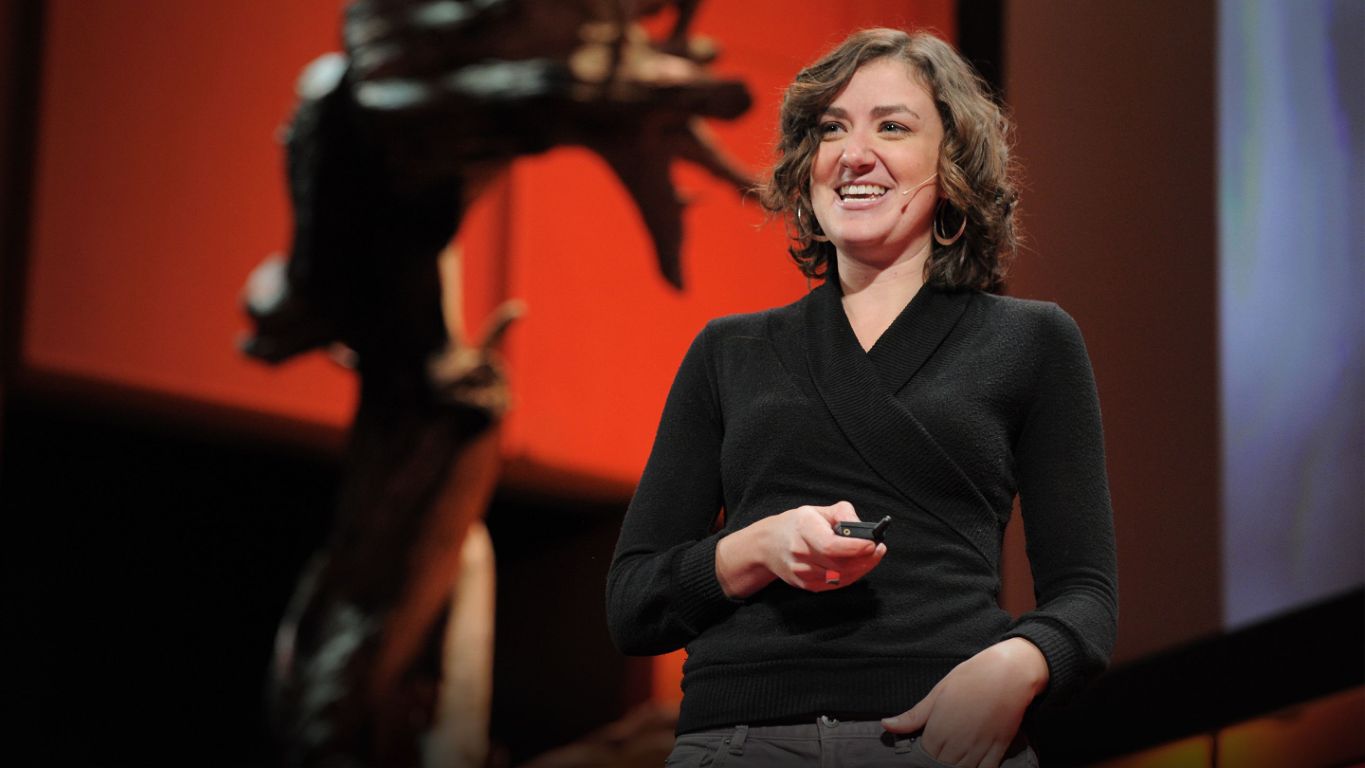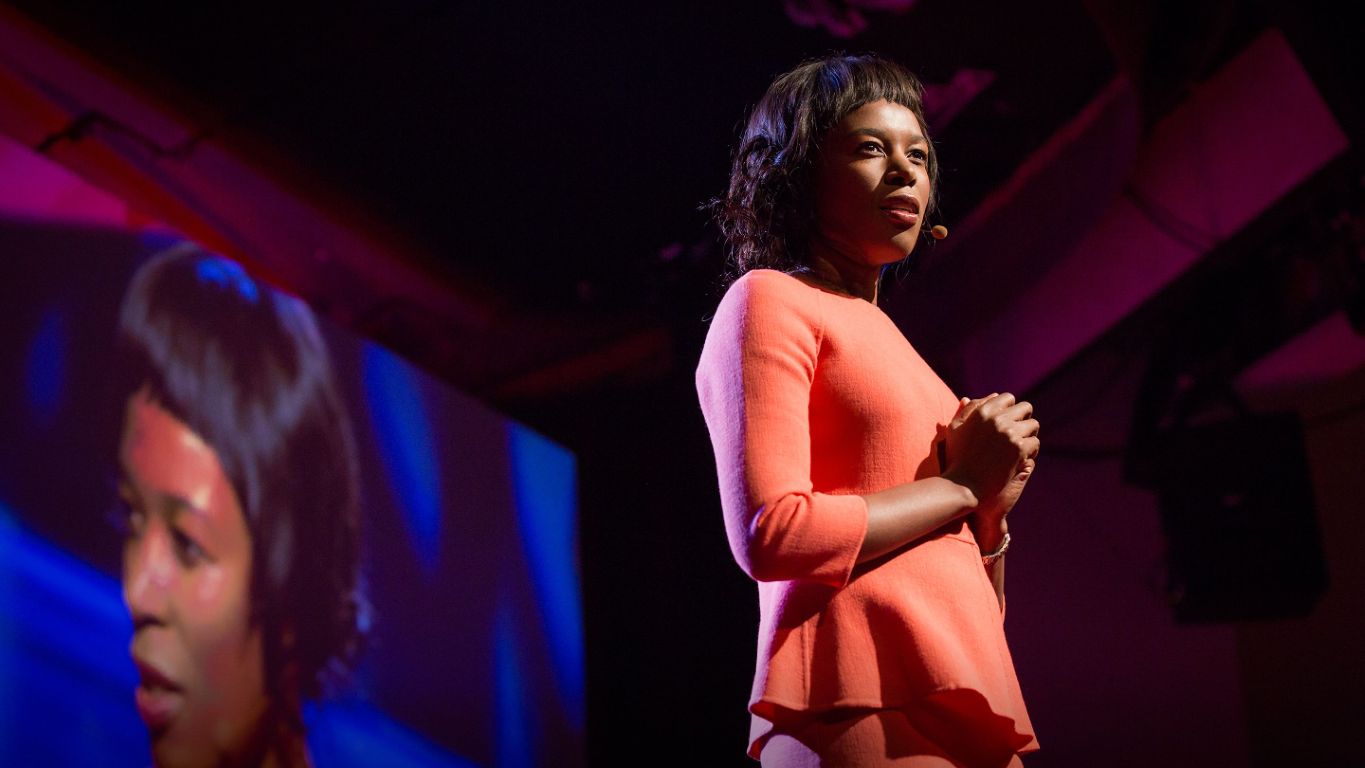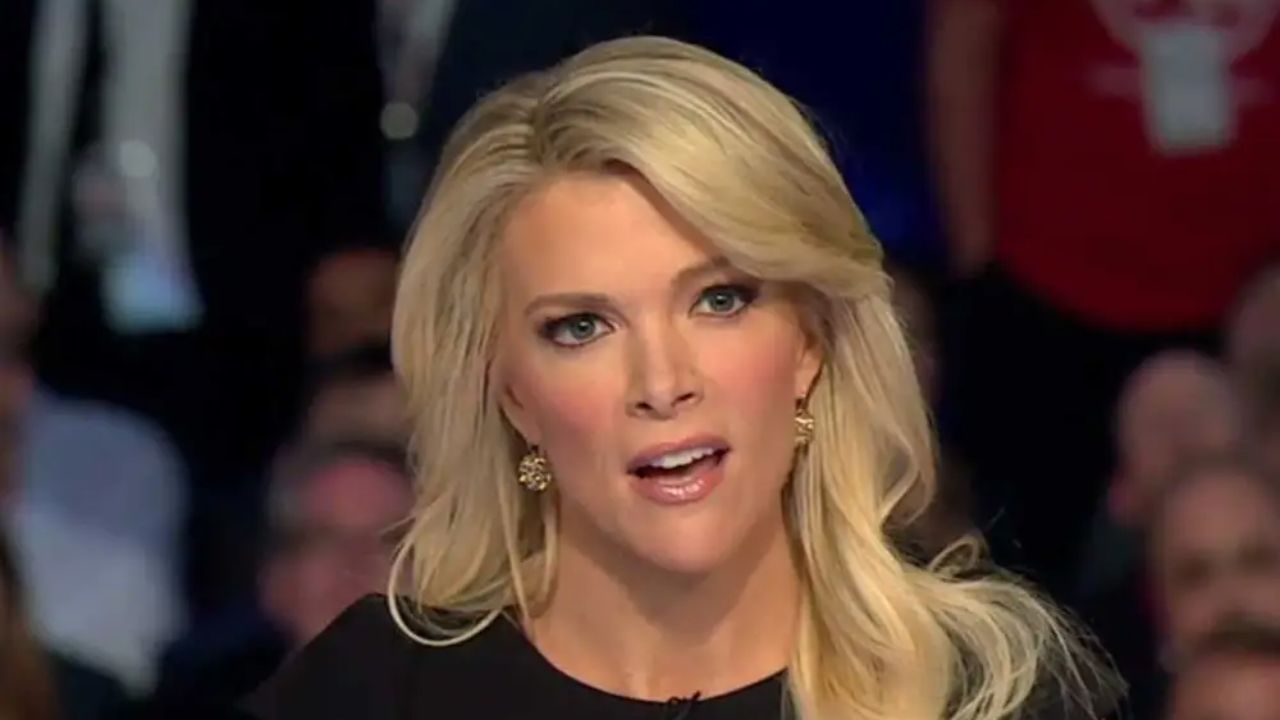Embrace your inner girl
Video Description
In this TEDIndia talk, playwright and activist Eve Ensler explores the concept of the 'girl cell'—a universal source of empathy, vulnerability, and strength that society teaches us to suppress. Through global stories of resilience, she argues that embracing this inner girl is key to healing and transformation.
Related Topics
Eve Ensler arrives at the TEDIndia stage carrying not just her own story but the stories of countless girls from around the world—stories of trauma and triumph, violation and resistance, silence and voice. As the creator of “The Vagina Monologues” and founder of V-Day, Ensler has spent decades listening to women’s experiences of violence and survival. But in this talk, she offers something different: a radical reimagining of what it means to be “girl” in a world that systematically devalues and destroys girlhood. Her concept of the “girl cell” becomes a metaphor for all that patriarchy teaches us to suppress—empathy, emotion, vulnerability, intuition—and all that we must reclaim to save ourselves and our planet.
Ensler begins with a provocative claim: we are all born with a “girl cell,” regardless of our biological sex or gender identity. This cell, she argues, is not about anatomy but about capacity—the capacity to feel deeply, to connect authentically, to express freely, to care passionately. It is the part of us that remains open to wonder, that responds to beauty, that feels the pain of others as our own. But from the moment we enter this world, we are taught to kill this cell, to bury it so deeply that we forget it ever existed. Boys are told that to be “girly” is the worst possible fate. Girls are taught that their girlness itself is a liability, something to overcome or transcend to be taken seriously.
The suppression of the girl cell, Ensler argues, is not a minor cultural quirk but a foundational violence that enables all other violences. When we teach boys to dissociate from their emotions, we create men capable of inflicting pain without feeling it. When we teach girls to distrust their intuition, we create women who doubt their own experiences of violation. When we valorize hardness over softness, dominance over cooperation, rationality over feeling, we create societies capable of destroying the very foundations of life. The death of the girl cell is the death of our humanity.
Ensler’s journey to understanding the girl cell began with her own childhood trauma. Sexually abused by her father, she learned early that being a girl meant being vulnerable to violation. She spent years trying to escape her girlness, to become hard enough, smart enough, successful enough to never be hurt again. But in her work with women around the world, she discovered something profound: the girls and women who had experienced the most severe violence often retained the strongest connection to their girl cells. Their survival depended not on becoming like their oppressors but on maintaining their capacity for feeling, connection, and hope.
The global stories Ensler shares are not easy to hear. She tells of a girl in the Democratic Republic of Congo who was raped by soldiers and left for dead, her reproductive organs destroyed. She speaks of girls in Kenya subjected to female genital cutting, their sexuality severed before it could even bloom. She describes girls in America cutting themselves, starving themselves, trying to carve away the parts of themselves that feel too much, want too much, are too much for a world that demands their diminishment. These are not stories of distant others but mirrors reflecting the violence inherent in patriarchal systems everywhere.
Yet what makes Ensler’s narrative so powerful is her refusal to present these girls merely as victims. Each story of violence is also a story of resistance. The Congolese girl who survived rape became an advocate for other survivors, transforming her pain into purpose. The Kenyan girls formed secret societies to protect each other from cutting, creating alternative rites of passage that celebrate rather than mutilate. The American girls found ways to speak their truths through art, activism, and solidarity. In each case, their power came not from adopting masculine modes of strength but from embracing the very qualities they were told made them weak.
Ensler’s analysis of how patriarchy operates through the suppression of the girl cell is particularly insightful. She notes that the qualities associated with “girlness”—emotion, empathy, intuition, relationality—are precisely the qualities necessary for human survival and flourishing. They are what allow us to bond with our children, cooperate with our communities, feel the suffering of others, and respond to the needs of our environment. Yet these are the very qualities that patriarchal capitalism devalues because they interfere with exploitation and domination. You cannot destroy the earth if you feel its pain. You cannot exploit workers if you experience their humanity. You cannot wage war if you see enemies as people with girl cells just like yours.
The economic implications of Ensler’s argument are profound. She points out that the work associated with the girl cell—caring for children, tending to the sick, maintaining relationships, creating beauty, preserving culture—is either unpaid or underpaid across the globe. This “emotional labor” is simultaneously essential for human survival and economically devalued. By suppressing the girl cell, we create economies that reward destruction over creation, competition over cooperation, extraction over regeneration. The climate crisis, Ensler suggests, is ultimately a crisis of dissociation from our girl cells—our inability to feel the earth’s pain as our own.
Ensler’s call to “embrace your inner girl” is not a call for women to be more feminine or men to be less masculine in traditional terms. It is a call to reclaim the full spectrum of human experience that patriarchy denies us. She envisions a world where boys can cry without shame, where girls can rage without apology, where all of us can feel deeply without fear. This is not about reversing power dynamics—making the feminine dominant over the masculine—but about integration, wholeness, balance.
The spiritual dimension of Ensler’s message deserves attention. She speaks of the girl cell as something almost mystical, a source of connection not just between humans but between humans and the larger web of life. When we suppress our girl cells, we cut ourselves off from this larger consciousness, becoming isolated atoms rather than interconnected beings. The violence we do to others is ultimately violence we do to ourselves, because at the level of the girl cell, there is no separation between self and other, human and nature, sacred and mundane.
Ensler’s work with V-Day, the global movement to end violence against women and girls, provides concrete examples of what embracing the girl cell looks like in practice. Through “The Vagina Monologues” and other artistic works, women around the world have broken silence about sexual violence, transforming shame into strength. The movement has raised millions of dollars for local organizations, funded safe houses and crisis centers, changed laws and policies. But perhaps most importantly, it has created spaces where women and girls can speak their truths, feel their feelings, and connect with others who understand. This is the girl cell in action—turning pain into power through connection rather than domination.
The resistance Ensler has faced throughout her career illuminates the threat that the girl cell poses to existing power structures. “The Vagina Monologues” has been banned in numerous countries and communities, not because it is obscene but because it gives voice to female experience. Her work with survivors of sexual violence has been dismissed as “victim feminism,” as if acknowledging harm is somehow weaker than denying it. The very phrase “embrace your inner girl” triggers mockery and dismissal, revealing how deeply we have internalized the hatred of all things coded as feminine.
Yet Ensler’s message resonates particularly strongly with younger generations who are questioning rigid gender binaries and embracing more fluid understandings of identity. The concept of the girl cell transcends traditional categories, speaking to something essential in human experience regardless of how we identify. Trans women fighting to have their girlhood recognized, non-binary people rejecting the entire masculine-feminine divide, men exploring their emotional depths—all are engaging with what Ensler calls the girl cell, though they might use different language.
The therapeutic implications of Ensler’s work are significant. She suggests that much of what we call mental illness—depression, anxiety, addiction, violence—stems from the suppression of the girl cell. When we cannot feel our feelings, they don’t disappear; they metastasize into symptoms. When we cannot express our truths, they don’t vanish; they emerge as destructive behaviors. Healing, in this framework, requires not just treating symptoms but reclaiming our capacity to feel, express, and connect. It requires embracing the very parts of ourselves we were taught to reject.
Ensler’s vision of transformation is both personal and political. On the personal level, she invites each of us to examine how we have suppressed our own girl cells, what we have lost in that suppression, and what we might gain from reclamation. This is not easy work—it requires facing the pain we have avoided, feeling the feelings we have numbed, speaking the truths we have silenced. But it is essential work for becoming whole human beings capable of authentic relationship and creative action.
On the political level, Ensler calls for systems and structures that value rather than suppress the girl cell. This means economic systems that recognize emotional labor, educational systems that cultivate empathy alongside intellect, healthcare systems that treat whole persons rather than symptoms, governance systems that prioritize care over control. It means fundamentally reimagining what we value, how we organize society, and what we consider strength.
The urgency of Ensler’s message has only intensified in the years since this talk. The rise of authoritarian movements globally, the escalation of violence against women and girls, the acceleration of environmental destruction—all reflect the consequences of suppressing the girl cell on a massive scale. Yet simultaneously, we see powerful movements of resistance—#MeToo, climate activism led by young women, global protests against gender-based violence—that embody the girl cell’s refusal to remain suppressed.
Ensler’s talk ends with an invitation rather than a conclusion. She invites us to find our girl cells, wherever we have hidden them, however deeply we have buried them. She invites us to feel what we have not allowed ourselves to feel, to speak what we have not allowed ourselves to say, to connect in ways we have not allowed ourselves to risk. This is not a comfortable invitation—it asks us to be vulnerable in a world that punishes vulnerability, to be soft in a world that rewards hardness, to feel in a world that values numbness.
But it is also an invitation to aliveness. Ensler reminds us that the girl cell is not just about suffering—it is about joy, pleasure, creativity, and connection. It is about the ecstasy of being fully present in our bodies, fully connected to others, fully alive to the world. The girl cell is what allows us to fall in love, to create art, to fight for justice, to experience the sacred in the ordinary. In suppressing it, we don’t just lose our capacity for pain; we lose our capacity for life itself.
The revolution Ensler envisions is not one of violence but of feeling. It is not about overthrowing systems through force but about transforming them through the power of the girl cell—the power of empathy, connection, and care. This may seem naive in a world structured by violence and domination. But Ensler has seen this power at work in the most unlikely places—war zones, refugee camps, prisons—where girls and women have created healing and transformation through embracing rather than suppressing their girl cells. If it can happen there, it can happen anywhere. If they can do it, we all can.
Video Info
Comments & Discussion
Discuss this video with other viewers
Join the Discussion
Discuss this video with other viewers
Loading comments...


